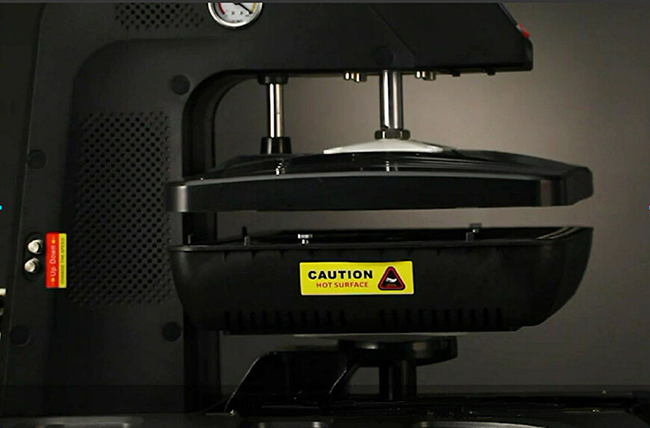@ixtapa
If I have been in error then I apologize, but I have not meant to be misleading. I did not intend to give the impression that the graph I posted showed any data regarding time, I only wanted to illustrate the relationship between water temperature and vapor pressure.
That said, I will stand by my comments for now. I believe if you had 2 containers side by side- one kept at 80c and one kept at 100c, the cooler water would evaporate at 1/2 or 1/3 the rate of the hotter water. A cup of coffee doesn't evaporate quickly because it's losing energy as soon as it's poured- there is no heat being added to the cup, so the coffee quickly cools to the point where evaporation is negligible.
As far as vapor pressure being relevant, I believe it is. There's a reason that people pressing quantity are using burrito and enchilada techs. These techniques are simple ways of optimizing and directing the gas/liquid flow. The bubbles that come out with the liquid during a press are a mixture of vaporized water and terpenes, and generally dissipate to the atmosphere rather than being re-condensed. These vapors act as a propellant, pushing the liquids away to where they can be readily collected.
If you really want to know the evaporation rate of water in a low temperature rosin press (or, in other words, to test the "steam theory") there is a simple way to find out. Dry a cotton ball in an oven at 220, then weigh it. Moisturize it using a controlled humidity environment (if possible), then weigh it again. Press it like you would low-temp rosin, at 180f. After the press, weigh the cotton a final time and check to see if any water has condensed on the parchment. Calculate total percentage of moisture mass lost, making sure to note the temperature, press time, total starting moisture, and pressure, if known. Then report back, because I'd like to know what you find out.
I'm glad you like my vacuum press idea. I plan to build a working unit, but my resources are limited so it will take time.




